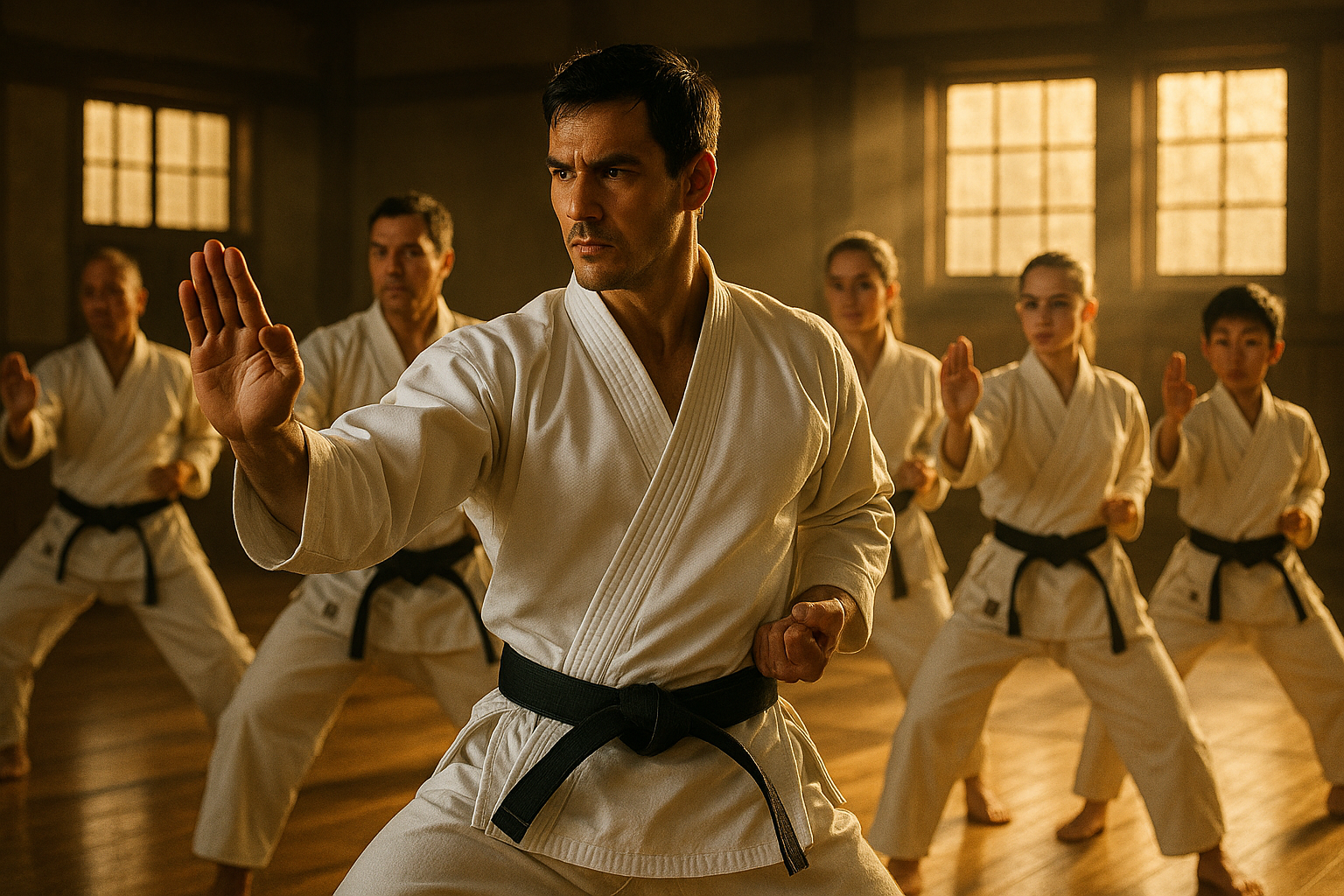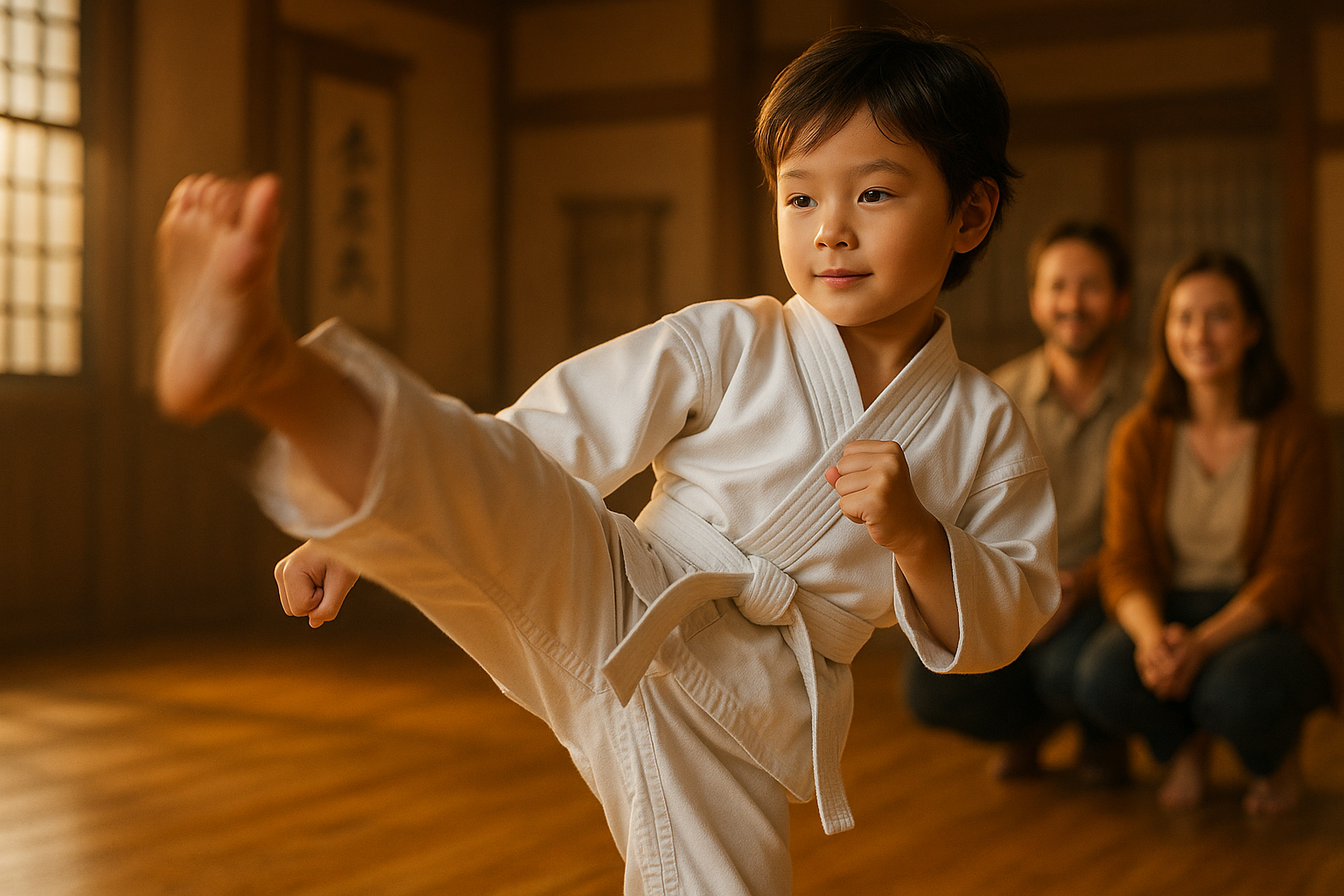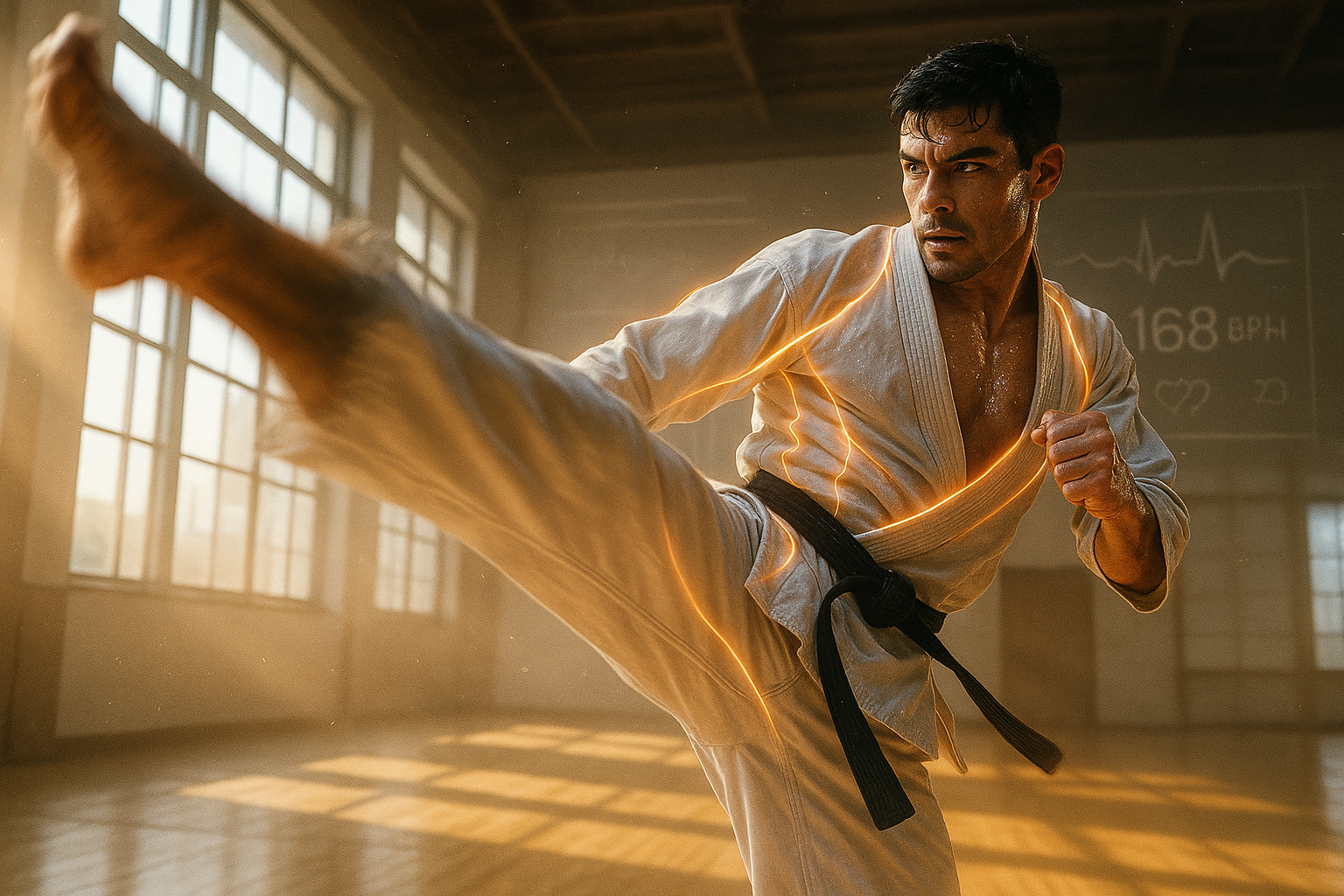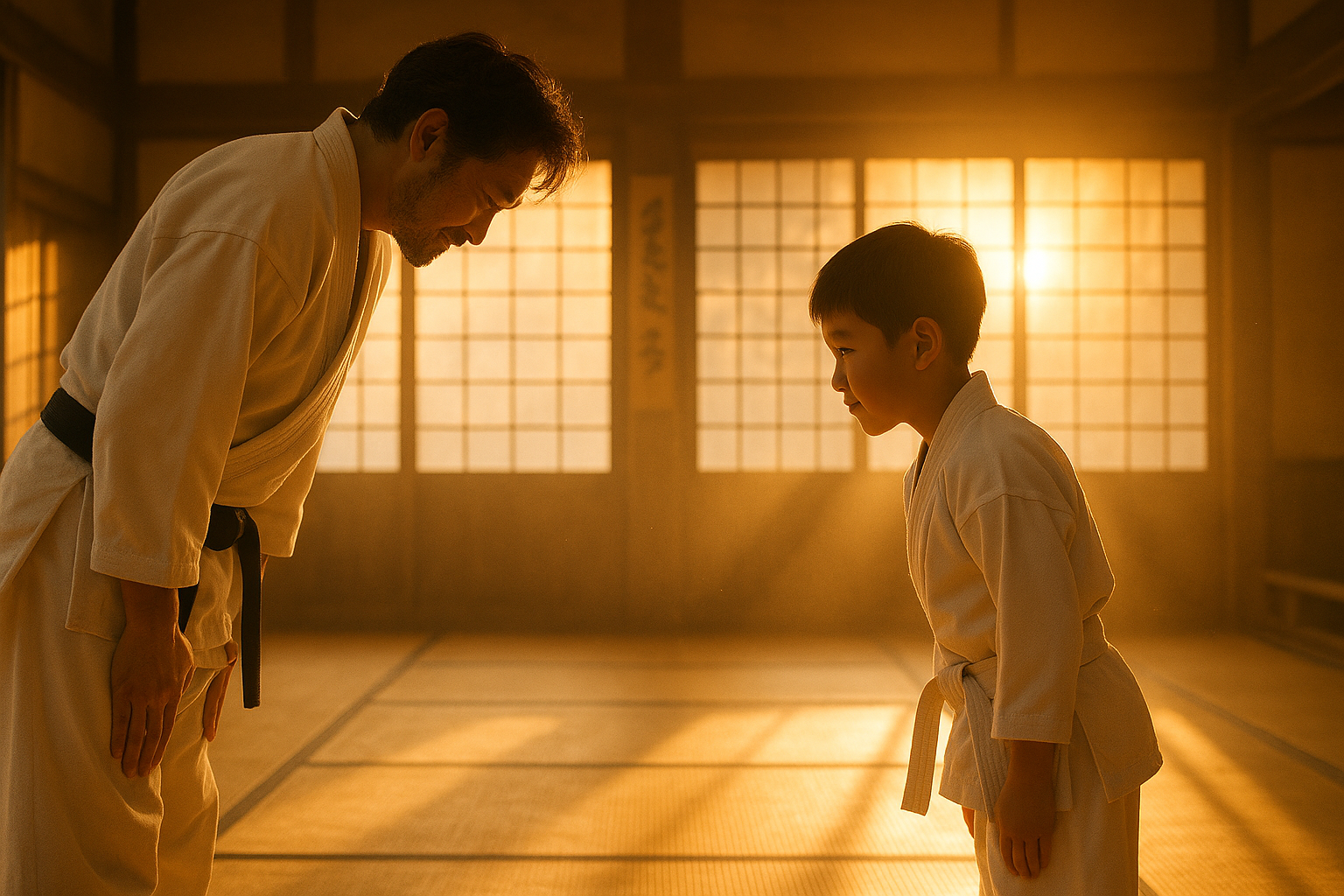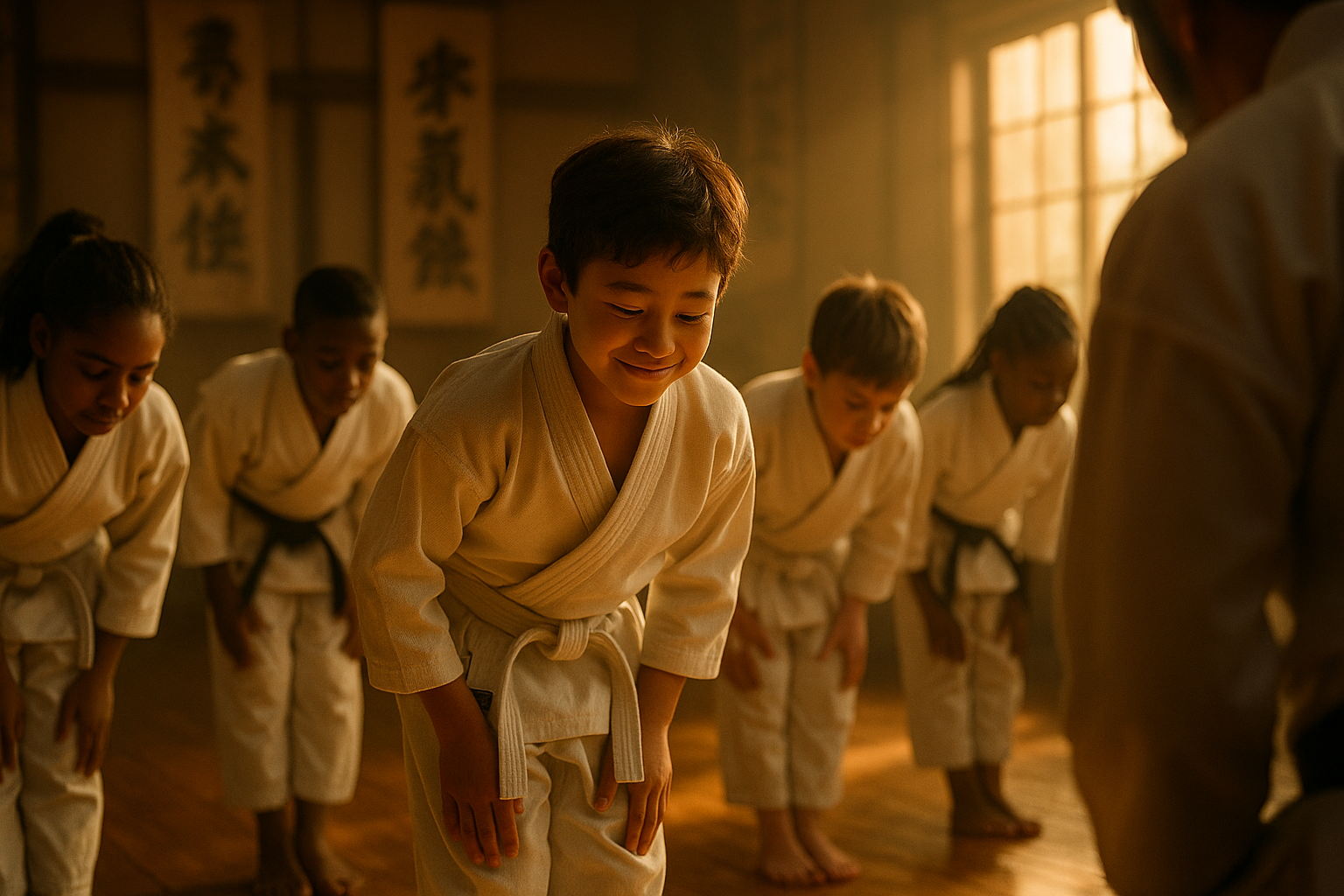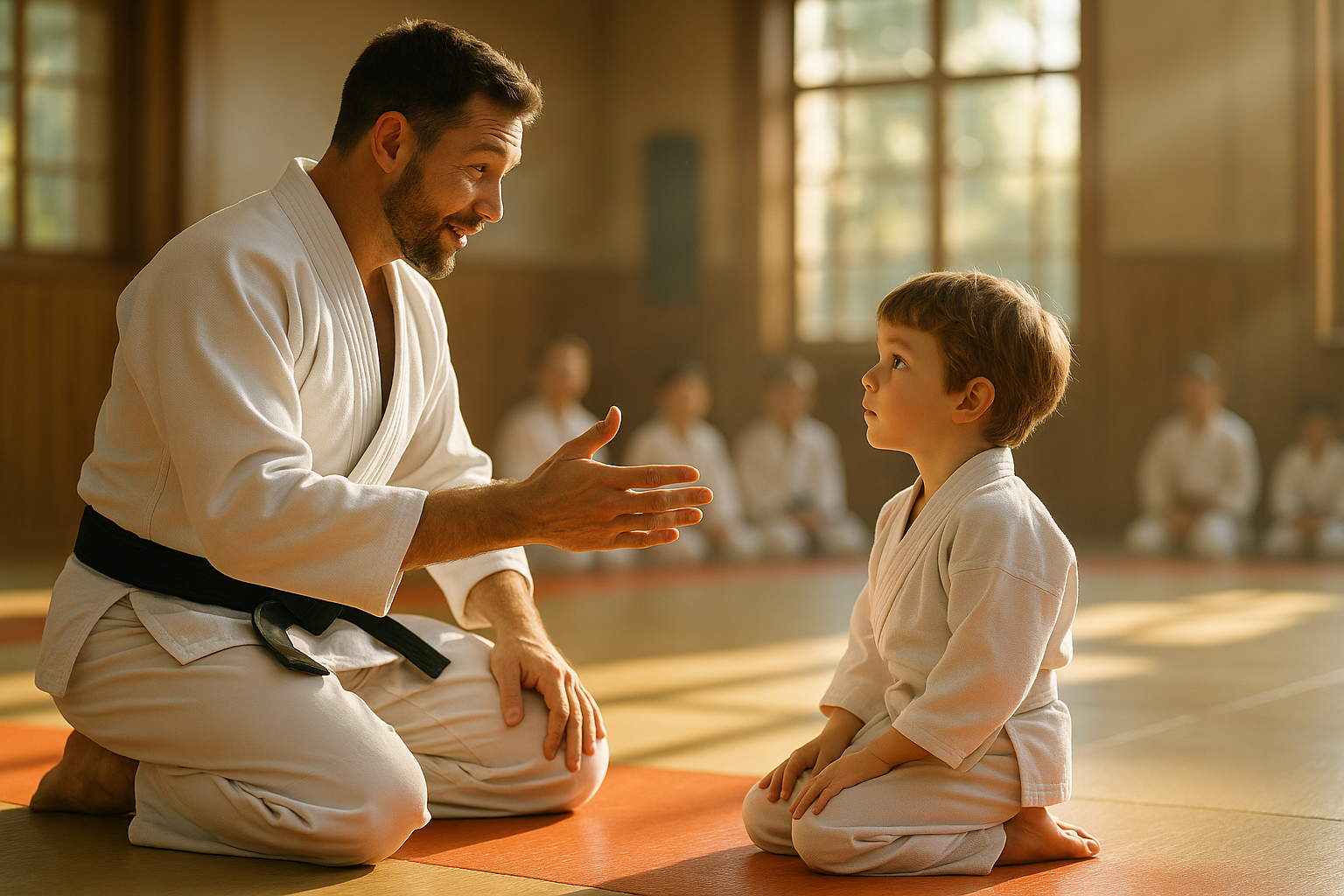You Won’t Believe How Martial Arts Can Improve Your Child’s Grades and Test Scores
It may sound surprising, but one of the most effective tools to help your child thrive academically doesn’t involve flashcards, tutors, or extra homework. It’s martial arts.
At Impact Martial Arts in Austin, we’ve seen it time and again: children who struggle with focus or low grades walk into our studio, and within a few months, they’re not just earning new belts—they’re earning higher test scores and feeling confident about learning.
How is that possible?
Because martial arts, especially structured systems like Taekwondo, develops the mental and emotional tools kids need to succeed in school: focus, memory, self-control, problem-solving, and resilience.
Let’s break it down.
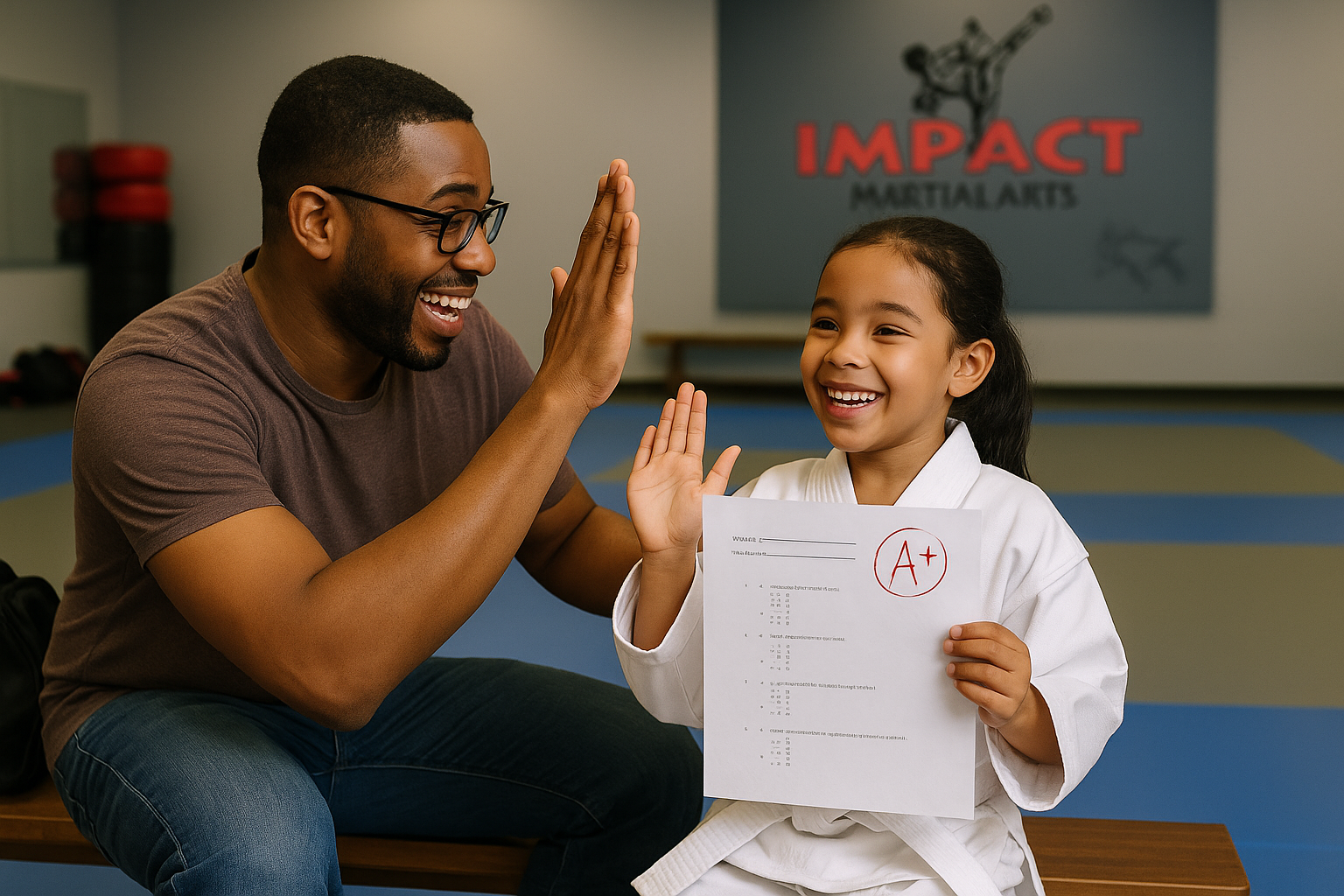
1. Martial Arts Improves Focus and Concentration
One of the biggest challenges for kids today is staying focused—especially in classrooms filled with distractions and pressure. That’s why so many parents seek help when their child struggles to sit still or complete tasks.
Martial arts offers a solution grounded in structure and repetition.
In every class, kids must pay attention to instructors, memorize movements, follow step-by-step instructions, and react with speed and control. From bowing at the door to holding a stance for 30 seconds, each drill builds mental endurance.
Scientific research backs this up: a study by Lakes and Hoyt (2004) found that children who trained in martial arts showed measurable improvements in attention span and self-regulation—two key traits for academic success.
This makes martial arts especially beneficial for children with ADHD, learning challenges, or difficulty sitting through traditional lessons. For many families in Austin, martial arts has become the secret weapon for helping kids perform better in school.
2. It Strengthens Memory and Retention
Martial arts isn’t just about moving—it’s also about memorizing techniques, forms, Korean terms, and rules. Kids must retain sequences and apply them correctly under pressure.
That type of practice strengthens both short-term and long-term memory.
For instance, when your child learns a “form” (a choreographed pattern of movements), they’re building spatial and procedural memory—skills tied to subjects like math and reading comprehension.
Studies show that martial arts enhances these cognitive abilities. A 2010 study by Chaddock et al. found that children in martial arts programs developed stronger spatial memory. Another study from Kim et al. (2011) demonstrated gains in verbal memory, helping kids better retain new vocabulary and concepts.
In simple terms: martial arts trains the brain to learn, remember, and apply—and that pays off big time in the classroom.
3. It Promotes Self-Control and Classroom Behavior
Let’s be honest—academic success isn’t just about being smart. It’s about behavior: staying seated, listening, resisting distractions, and completing tasks.
Martial arts teaches those habits through discipline and clear expectations. Every class reinforces:
- Raising your hand before speaking
- Waiting your turn
- Controlling emotions
- Respecting teachers and peers
These habits become second nature—and parents often report that their child becomes more respectful, calm, and cooperative at school.
In fact, martial arts aligns with many of the CDC’s recommendations for helping kids develop executive function—the set of mental skills that includes self-control, task initiation, and goal setting (source).
4. Martial Arts Teaches Goal-Setting and Perseverance
Kids in martial arts don’t get participation trophies—they earn belts. And to do that, they must train consistently, overcome frustration, and demonstrate their skills under pressure.
This process teaches children one of the most important academic mindsets: grit.
Whether it’s prepping for a belt test or mastering a difficult kick, martial arts shows kids that hard work leads to progress. That same mindset helps them tackle tough math problems or stick with a challenging reading assignment.
They learn to try, fail, adjust—and try again. That’s the exact behavior teachers wish they saw more in classrooms.
5. It Sparks Problem-Solving and Creativity
You might not think of martial arts as creative—but it absolutely is. Kids must adapt to sparring partners, respond to unexpected movements, and find ways to improve their technique.
That means martial arts builds critical thinking and flexible problem-solving.
In one-on-one drills or sparring sessions, students quickly analyze patterns and develop responses on the fly—skills that directly support academic performance in subjects like science, reading comprehension, and even test-taking strategies.
A 2015 study by Kim and Lee found that martial arts students demonstrated improved divergent thinking—the ability to generate creative solutions—and greater adaptability in unfamiliar situations.
6. Martial Arts Boosts Confidence and Reduces Test Anxiety
Confidence might not be something you can grade on a test—but it’s essential for school success.
Children who believe they can do well are more likely to:
- Participate in class
- Ask questions
- Bounce back from mistakes
- Take responsibility for their learning
Martial arts builds that confidence in a tangible way. Every belt earned, every board broken, and every form mastered is a sign that they are capable, smart, and strong.
Parents often tell us their child is more willing to try new things and speak up in class after just a few months of training. For kids who experience test anxiety, the confidence and breathing techniques learned in martial arts provide powerful tools for calm and clarity under pressure.
7. It’s a Positive Alternative to Screens and Passive Activities
Let’s face it—many after-school activities involve screens or unstructured downtime. Martial arts offers a productive, focused outlet that improves both physical and mental energy.
Instead of zoning out, kids come to class and sharpen their minds and bodies—and that energy boost often leads to better focus when they return to homework later that evening.
8. Social Skills and Leadership Development
In martial arts, children work both independently and as part of a team. They learn to communicate respectfully, cheer on peers, and help younger students.
Older or more advanced students often assist in class, teaching them leadership, patience, and mentoring skills—all of which enhance group work and collaboration in school settings.
How to Get Started in Austin
Now that you know how martial arts can support your child’s academic success, here’s how to begin:
✅
Choose the right program
We offer age-specific classes (Little Dragons, Kids, and Family Martial Arts) to ensure each student thrives.
✅
No experience needed
Our beginner classes welcome kids of all fitness levels and personalities—whether shy, active, or somewhere in between.
✅
Convenient schedule
With multiple class times each week, you can find the perfect routine to fit your family’s needs.
✅ Ready to help your child grow stronger, more confident, and focused?
Click here to get started with one of our risk-free web specials and see why families in Austin trust Impact Martial Arts to help kids thrive—on and off the mat.
Final Thoughts
Martial arts offers far more than fitness. It’s a complete mind-body training system that helps kids:
- Sharpen focus and memory
- Strengthen problem-solving skills
- Build resilience and confidence
- Improve classroom behavior
- Achieve better test scores and grades
In today’s fast-paced, high-pressure academic world, martial arts gives kids the edge they need to thrive—not just in school, but in life.
Whether your child needs a boost in self-esteem, help staying focused, or simply a fun and structured outlet, we’d love to meet them.
Come see how martial arts at Impact Martial Arts in Austin can help your child grow into their full potential—inside and out.
